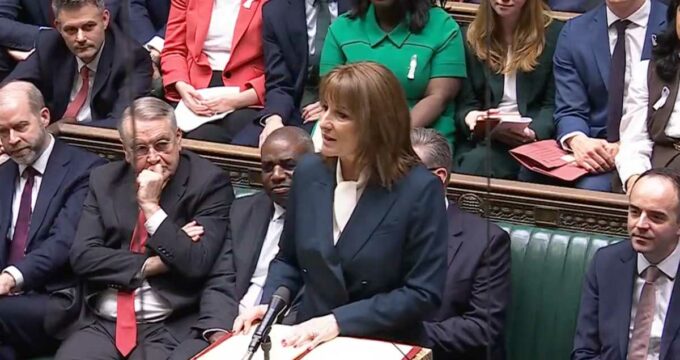India shifting focus to education quality
The Indian government continues to send signals of an increasing focus on quality in the country’s higher education system. Higher education enrolment in India has exploded over the past decade, and doubled from 14 million to 28 million students between 2007 and 2013 alone. And no wonder the expansion of higher education has been a key focus: more than half of India’s massive population (1.3 billion people and counting) is under the age of 25 and it is projected to be one of the world’s youngest countries by 2020. Today, India has the world’s second-largest population of higher education students, but is expected to surpass China in that respect in the next decade. In fact, we noted recently that India is forecast to have the world’s largest population of college-aged students - 119 million - by 2025. Even with all of that progress in opening up access to education, however, India has a quality problem. Very few institutions are globally ranked, there is a chronic shortage of qualified faculty, quality assurance systems are underdeveloped, curricula and teaching practices are outdated, and, harking back to the shortage of instructors, student-teacher ratios are high. These issues have been well documented, as has the fact that the system is not yet effectively preparing its graduates for employment in a rapidly evolving Indian economy. In short, Indian higher education is operating under tremendous pressure at the moment. It is trying to keep pace with the dramatic and continuing growth in enrolment – on top of which, the government aims to create millions more university spaces through 2020 – even as it faces increasing pressure to modernise, expand research activity, and improve student employment outcomes. All of this has in turn led the government to commit to a stronger focus on quality going forward. Most recently, Indian Finance Minister Arun Jaitley set out a number of measures for higher education in his 29 February 2016 budget speech. Of particular note, the minister announced the creation of a new Higher Education Financing Agency (HEFA) with an initial budget endowment of 100 billion rupees (US$1.5 billion). HEFA will operate as a not-for-profit organisation with a mandate to "finance improvement in infrastructure in our top institutions." "After universalisation of primary education throughout the country, we want to take the next big step forward by focusing on the quality of education," added Minister Jaitley. The minister also announced the government’s intention that "an enabling regulatory architecture will be provided to ten public and ten private institutions to emerge as world-class teaching and research institutions." The institutions to be targeted for development have not yet been identified and the speech indicated only that a more detailed scheme for the initiative would be developed. The acknowledgement that such a plan would require a distinct regulatory approach is interesting in that India’s notoriously complex administrative systems for higher education institutions have proven resistant to change in the past. "Indian universities are notoriously bureaucratic and often politicised. Change in the established public universities has proved impossible over the years," said research professor and international education specialist Philip Altbach in a recent interview with Times Higher Education." In short, a combination of resources, innovative thinking, careful planning and freedom from the overweening control of government are required. This is a tall order." Also significant in the government’s announcement is that private institutions were included alongside public universities, an apparent departure from previous policies that have not allowed private universities to access government funds. There may be a link here as well to an earlier directive from the Prime Minister’s Office that called on the Ministry of Human Resource Development to fast-track a plan to establish ten private, autonomous universities for research and innovation. The Prime Minister’s order was notable in part because of its clear direction that the new universities will be established outside of the current regulatory regime of the University Grants Commission (UGC). This would place the new institutions outside of government control, and leave them considerable freedom in setting curriculum and fees as well as hiring faculty. In short, the government needs to invent a new regulatory mechanism for such universities, and it’s not all clear as yet how that might be done. "At present, there are four categories of universities - central, state, deemed and private - set up through government legislations and regulated by UGC guidelines," notes the Hindustan Times. "While central universities have been formed through an act passed by Parliament, deemed universities are recognised by the UGC if they fulfill certain conditions. State and private universities are formed by state legislations." The Times notes as well that a previous attempt by the government to step around existing regulatory schemes, via the failed Universities for Research and Innovation Bill in 2012, did not survive the legislature and was rejected by a standing committee. That the government has returned to a similar initiative in this year’s budget speech, and this time with some significant funding attached, speaks to its determination to boost the quality and capabilities of Indian higher education. It also underscores the pressing imperatives of surging demand for higher education among students and families as well as the need for skills and knowledge for the Indian economy.
Most Recent
-
ICEF Podcast: Engine of growth: The true value and impact of the international education sector Read More
-
Global higher education enrolments expected to grow through 2035, but new challenges must be addressed Read More
-
Canada: A case study of immigration policy impacts on postsecondary institutions and the wider economy Read More
















